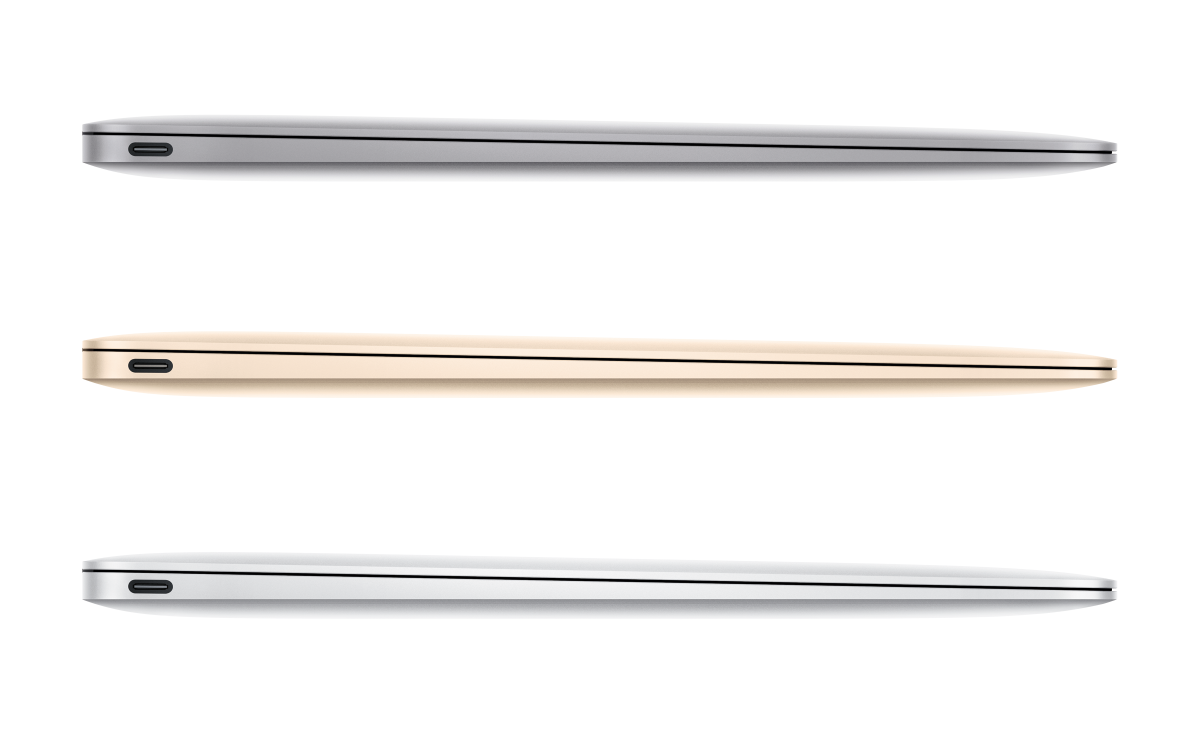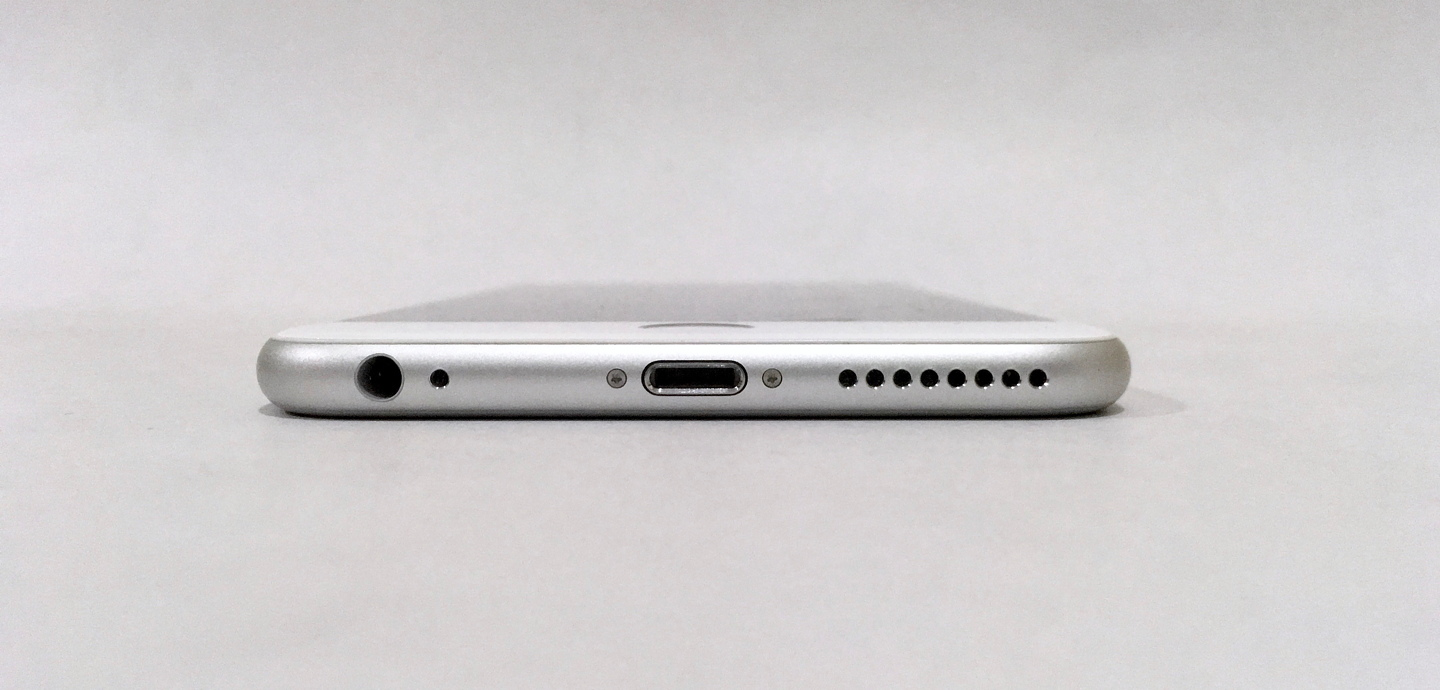Cassandra: Replacement Options for the 3.5mm Headphone Jack

AMITIAE - Thursday 28 April 2016
|
Cassandra: Replacement Options for the 3.5mm Headphone Jack |
 |
|
|
By Graham K. Rogers

MacBook - Image Courtesy of Apple
There is a lot of sense to this, despite the need for some users to change connectors. Removal of the hardware components within iOS devices necessary for the 3.5mm headphone connector, would save some space. Apple tends to prefer such solutions: the end result is enhanced simplicity; and the saved space can be better used. Apple might use such space to make the iPhone even thinner (although there are practical limits), but space saved can also be used for additional batteries. This week, Intel has begun to push for the use of USB-C as a replacement for the headphone jack (Tim Hardwick, MacRumors), noting that it could be capable of digital audio transmission: something which Lightning could also accomplish. Were Apple to remove the headphone jack and switch to Lightning connectors, the solution would be fairly elegant: iPhones and other iOS devices already have these as standard while music content on iOS devices is digital and there is talk of improved quality. Analog output has drawbacks with conversion from a digital format.

iPhone 6s Plus
In its comparison of USB-C and Lightning last year, 9to5 Mac (Seth Weintraub) carries an image of the Nokia N1 that has USB-C. This does not look excessive and USB-C has a number of advantages in the way it carries data and power in two directions, allowing for additional charging solutions. If Apple were to move to a Lightning-only solution, new users would not be affected as suitable earbuds would be provided with a new iPhone. Those who have 3rd party earphones would need to buy adapters. The same would be true of any switch to the Intel solution and could affect more users were companies like Samsung to remove the headphone jack on its models in favour of USB-C.
Graham K. Rogers teaches at the Faculty of Engineering, Mahidol University in Thailand. He wrote in the Bangkok Post, Database supplement on IT subjects. For the last seven years of Database he wrote a column on Apple and Macs. He is now continuing that in the Bangkok Post supplement, Life. |
|

For further information, e-mail to
Back to
eXtensions
Back to
Home Page